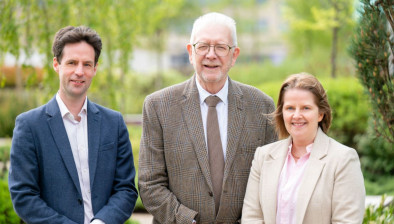Community land ownership increasing across the Highlands

The changing pattern of land ownership in Scotland has been illustrated by new figures showing that 124 community groups now own 142,177 acres in the Highlands council area.
Across Scotland as a whole 494 community groups, across all local authority areas, have taken charge of almost 563,000 acres.
Successive Scottish Governments have introduced legislation in an attempt to redistribute land ownership to rebalance a system that they believe has seen too much of the countryside run by relatively few landowners.
Argyll and Bute now has 77 community groups taking over 16,300 acres and the Western Isles has seen 41 groups take charge of 38,534 acres. In other areas like East Renfrewshire and East Dunbartonshire only one community group has taken on land ownership.
Cabinet secretary for land reform, Roseanna Cunningham, told The Scotsman: “These figures highlight the progress we are making as we work towards our goal of moving one million acres into community hands by 2020. Communities across the Highlands have shown real leadership in using these powers and helping to ensure that land works for the benefit of all.
“We will continue to work to ensure the benefits of community ownership – more jobs, affordable housing and improved local facilities – are experienced by all.”
Government policies to introduce an absolute right to buy that enables communities to purchase land even when it is not for sale has proved controversial with landowners.
David Johnstone, chairman of the landowners organisation Scottish Land & Estates, said: “Across Scotland there is a mix of landownership – from community to public to private – and all forms of ownership can be positive, providing that good management of land is the focus of attention. Community owned land, like private land, can deliver a wide range of benefits and we are supportive of community ownership being pursued so long as there is a willing seller and willing buyer.
“Beyond the initial purchase of land, ongoing funding is frequently required by an owner to ensure a business can thrive. Community owned land will frequently face the same tough financial decisions as private landowners but it is in all our interests to see every estate flourishing and delivering for the communities that they are part of.”









